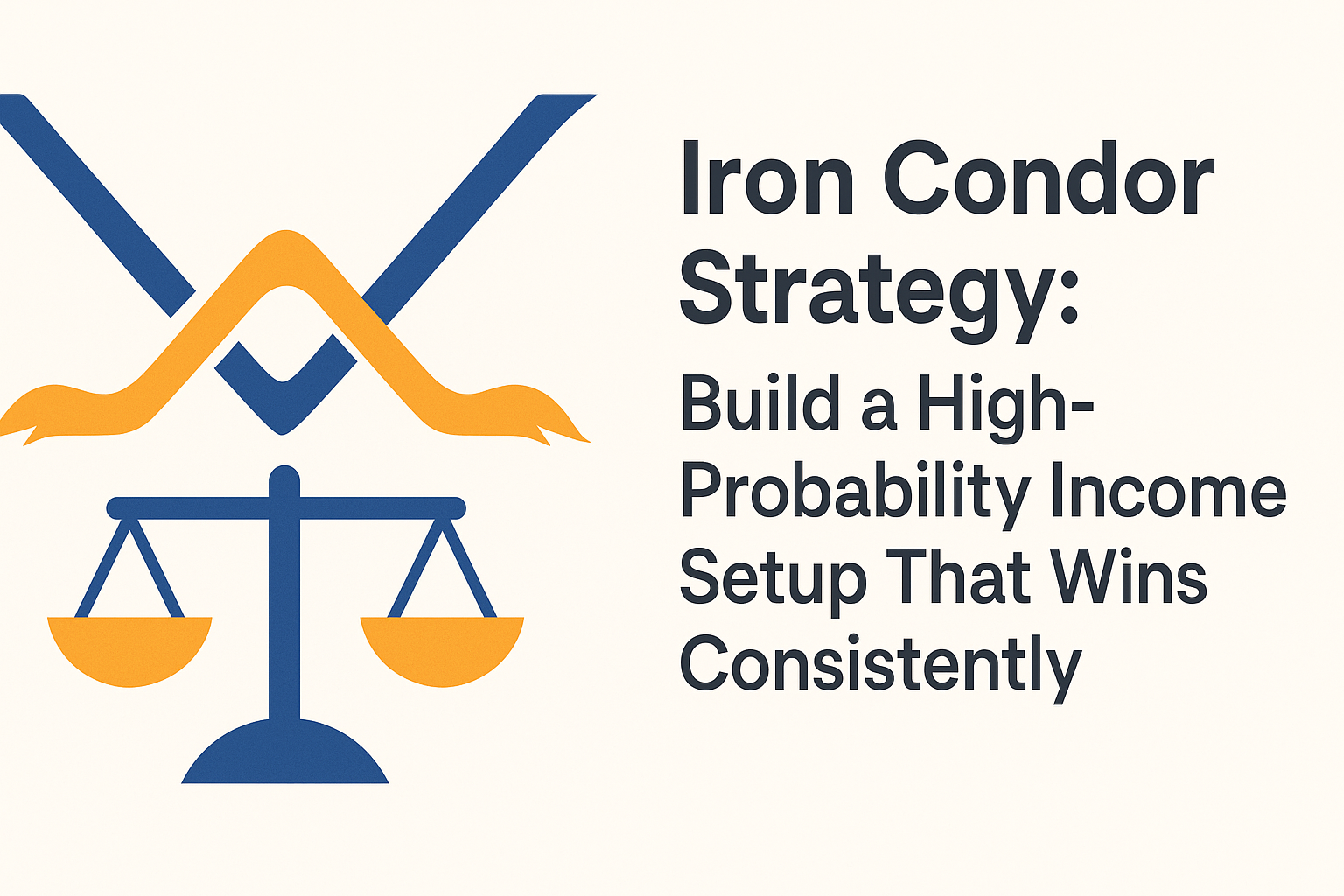Essential Risk Management Rules Every Successful Option Seller Must Follow
Introduction: Why Risk Management for Option Sellers Matters More Than You Think
Selling options may look like an easy way to earn regular income, but without proper risk management for option sellers, it’s a recipe for disaster.
One sharp market move can wipe out months of profits in a single day. Many beginner option sellers ignore risk management and learn painful lessons later.
In this post, let’s dive deep into risk management for option sellers, covering practical and proven strategies that protect your capital and trading career.
1. Position Sizing: The First Rule of Risk Management for Option Sellers
Position sizing is the foundation of risk management for option sellers.
Many traders make the mistake of increasing lot sizes after a few wins, ignoring how quickly a single trade can go wrong.
Tip:
Risk no more than 1-2% of your total capital on any trade.
For example:
If your trading capital is ₹5,00,000, your maximum loss per trade should not exceed ₹5,000 to ₹10,000.
Proper position sizing ensures long-term survival even during losing streaks.
Discover What is Option Selling – A Beginner’s Guide
2. Use Stop Loss: Non-Negotiable in Risk Management for Option Sellers
Some traders believe that option selling doesn’t need stop losses. But in reality, ignoring stop loss is the fastest way to blow your account.
Stop Loss Methods for Option Sellers:
- Premium-based SL: Exit when option premium doubles or as per risk appetite.
- Underlying-based SL: Place SL at certain levels of Nifty or Bank Nifty.
- Monetary SL: Exit once your predefined loss amount is hit.
A solid stop loss strategy is a core part of risk management for option sellers.
3. Hedge Your Positions: Essential Risk Management for Option Sellers
Hedging is a simple yet powerful way to reduce risk. Even if it cuts down profits, it limits your maximum loss.
Popular Hedging Techniques in Option Selling:
- Buy far OTM options as insurance.
- Shift to defined-risk strategies like Iron Condors or bull-put or bear-call Spreads.
Example:
If you’re selling a Nifty 23,000 CE, buy a 23,500 CE to cap the upside risk.
Hedging should always be part of your risk management for option sellers playbook.
Check Top 3 Proven Option Selling Strategies
4. Diversify Your Trades: Spread Risk Intelligently
Diversification is another key pillar of risk management for option sellers.
Avoid putting all your money in one strike or one side (only Calls or only Puts).
Diversification Tips:
- Trade multiple strike prices.
- Use both Call and Put selling to balance delta.
- If capital allows, trade across Nifty, Bank Nifty, and Fin Nifty.
- Mix weekly and monthly expiries to balance risk.
Diversifying ensures no single event wipes out your entire capital.
5. Monitor Volatility: Adjust Risk Based on VIX
Volatility plays a big role in option pricing and risk.
Why This Matters in Risk Management for Option Sellers:
When India VIX spikes, it signals higher market fear and potential for large swings.
Actions During High VIX:
- Reduce position sizes.
- Avoid naked selling of options.
- Use defined-risk strategies more often.
This simple VIX-based adjustment can save you from large unexpected losses.
6. Event Risk Management: Stay Light During Major Announcements
Ignoring event risks is a common mistake.
Key Events Every Option Seller Should Watch:
- RBI Policy
- Union Budget
- US Fed Rate Decisions
- Election Results
Pre-Event Risk Management for Option Sellers:
- Reduce exposure a day before events.
- Avoid taking fresh positions close to the announcement.
- If you must trade, go with fully hedged strategies.
Stay light and stay safe during major news events.
7. Keep Margin Utilization in Check
Brokers may offer high leverage, but overusing margin is poor risk management for option sellers.
Margin Management Tips:
- Use only 40-55% of your available margin.
- Keep buffer for adjustments and emergency exits.
- Monitor SPAN and Exposure margin changes regularly.
By keeping margin utilization under control, you reduce the risk of forced square-offs and high drawdowns.
8. Maintain a Trading Journal: Improve Your Risk Management Over Time
Tracking your trades is an underrated but crucial aspect of risk management for option sellers.
What to Record in Your Journal:
- Trade entry and exit points
- Position size
- Stop loss levels
- Trade outcome
- Emotional state during entry and exit
Review your journal weekly. It helps spot mistakes and fine-tune your risk management approach.
9. Control Your Maximum Drawdown: Know When to Pause
A big part of risk management for option sellers is knowing when to step back.
Set a Personal Drawdown Limit:
If your capital drops by more than 10-12% from its peak, pause and reassess.
Reducing position size after a drawdown protects you from emotional decision-making and overtrading.
10. Focus on Risk-Reward Ratio: Filter Bad Trades
Before placing any trade, calculate if the risk-reward ratio is favorable.
Rule of Thumb for Option Sellers:
Target at least a 1:1.5 or 1:2 risk-reward ratio.
If the potential reward isn’t worth the risk, skip the trade.
Good risk-reward selection is a simple but powerful part of risk management for option sellers.
Final Thoughts: Make Risk Management for Option Sellers Your First Priority
No matter how good your strategy is, without risk management, every option seller is one bad day away from disaster.
Apply these risk management rules for option sellers on every single trade. Protect your capital first—profits will follow naturally.
👉 Also Read: Best Stock Market Tools for Indian Traders






